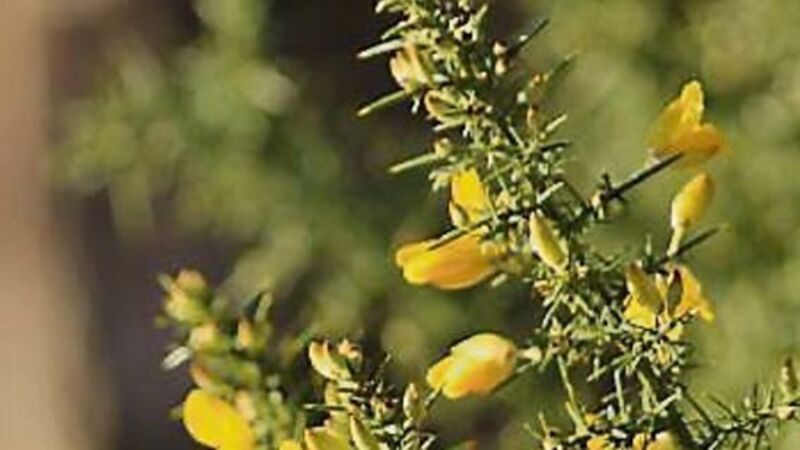Donal Hickey: Gorse was used for feed

Is there any month more welcome than May? Many people’s favourite month is upon us, with early morning birdsong, a profusion of flowers, pishogues and quaint old customs marking fertility and the coming of summer, writes .
A huge bank of folklore and superstition surrounds May. Long ago, for instance, country people would pick primroses, gorse and hawthorn blossoms which they would place in bundles on doorposts to keep evil at bay.
May is also a time when the greening countryside is seen at its best, with yellow gorse standing out vivid and fragrant on the hillsides. And how could we forget a plant that regularly lit up the landscape on those John Hinde postcards portraying Ireland as a land of eternally blue skies!
Many farmers regard gorse as a pest and remove it. It was, however, once sought after as winter feeding for animals.
Tom Lynch emails from Ennis, Co Clare, to say the gorse flowering now is eastern gorse, or aiteann Gallda. Western gorse (aiteann Gaelach) is less common, does not grow as tall, only flowers in August and September and is also more an upland plant.
“Farmers used to plant eastern gorse and cut it as it grew to feed to horses and other animals. It was chopped up in furze machines before being given to animals. The same machines left many people minus the tops of a few fingers,” he adds.
Tom, a native of the Dingle Peninsula, says his grandfather planted gorse in a hilly field, in the early 1900s, and it is still growing there. “My father, Tadhg, told me he used to hate the job of cutting a ‘beart’ of furze there and then grinding it in the furze machine. Thorny work,” he adds.
According to thatsfarming.com, gorse also enabled farmers to make the most of bad land. It was planted in fields which would usually struggle to grow a good crop of grass. Gorse grows in even poor soils.
It is highly nutritious for both horses and cattle and full of protein, making it the perfect, winter-feeding option for stock, the farming news website also notes.
In his book, Farming In Ireland, John Feehan mentioned many registered accounts in legal documents from the 15th and 16th centuries listing gorse being used as animal fodder: “It was especially valued in feeding horses, though cattle throve on it also, either fed on its own or as part of a mixed diet.”
Feeding gorse continued until the 19th century, with many admitting to getting more gorse per acre than they would if they made hay. Feehan also recalls how farmers, in Cork especially, grew a few acres of what was called “furze meadow”. Given current fodder shortages, maybe there’s a lesson there.












